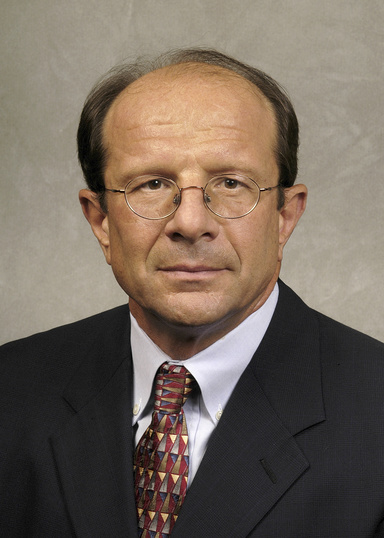A team of University of Iowa students has written the first commercial real estate market analysis for Johnson County in four years, and the report finds the local market to be healthy and thriving.

The report, which was released in December, is now being used by real estate agents and bankers in Johnson County to set rental rates and sales prices. It was produced by 13 students in the Tippie MBA program’s Real Estate Finance & Investment class, taught by John Gallo, a real estate expert on the Tippie College of Business’ finance faculty.
While larger markets like Des Moines have reports produced annually, Gallo says the Johnson County market is too small to justify such frequent analysis. The new report, he says, provides valuable information to Johnson County real estate agents and banks, to determine rents, sales prices, and property valuations.
The report follows up on an earlier report published by another organization in 2010 that found the market had fared relatively well through the economic crises of 2008 and 2009. The new UI report finds the market continued to rebound nicely, exceeding in many sectors the national and state economic recoveries.
“That trend is reflected in a locally robust commercial real estate market that has grown with the population of Johnson County,” the students conclude in their report. “All signs are for economic growth to continue at a sustainable pace.”
The report required students to gather sales and rental data from a variety of sources around the county, from city assessors and the Johnson County assessor, appraisers, real estate agents, and the multiple listing service. They then analyzed the numbers and drew conclusions from that.
“It was very hands-on, and gave students valuable experience in learning to gather data, analyze it, and present it to the public, which is what they’ll need to know for their careers,” Gallo says. “Many of the students are going to work for commercial real estate firms, and if you’re going to work for a firm that makes real estate investments, this is the kind of information you need access to.”
The report finds that population, income, and consumption patterns have all increased in the county, while vacancy rates remain low, a trend that is likely to continue. It found that retail demand was $1.375 billion, but that county businesses provide only $1.21 billion of products. That translates to $167 million in goods and services that Johnson County consumers purchased outside the market, a rate of leakage the study says demonstrates there’s plenty of room for expanded commercial activity in the county.
“Our analysis reveals local consumption patterns that support new development of potential land uses for retail, office, and industrial property consistent with urban growth patterns, local market demands, and regional economic growth,” the students wrote. “All signs are for the consumption trend to continue.”